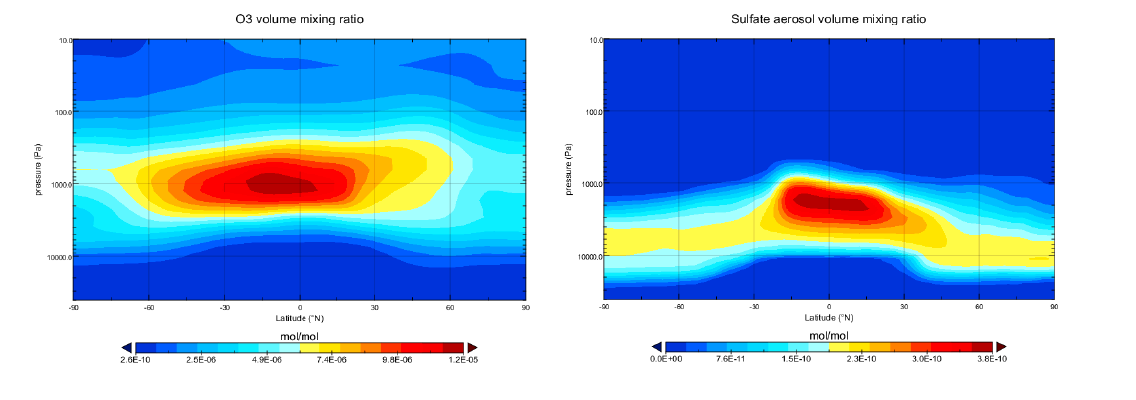Overview
The CISA project (Climate Implications of the Sun transition to high Activity mode) aimed to evaluate the response of the terrestrial climate and ozone layer state to the high magnetic activity of the Sun.
The evaluation of the possible consequences of the active Sun can be performed only with a fully interactive ocean-atmosphere-chemistry climate model. In the CISA project, we use our recently developed Earth System model SOCOLv4.0 to simulate climate response to the spectral solar irradiance (SSI) changes during the transition of the Sun to high activity mode. Necessary SSI calculations will be provided by the Max Planck Institute for Solar System Research (MPSS). The computer time for the intended calculations with the climate model will be provided by MPSS and Georg-August-Universität Göttingen. The project is unique due to very new and interesting questions to be addressed and the participation of the world-leading experts in solar irradiance and climate system modeling.


